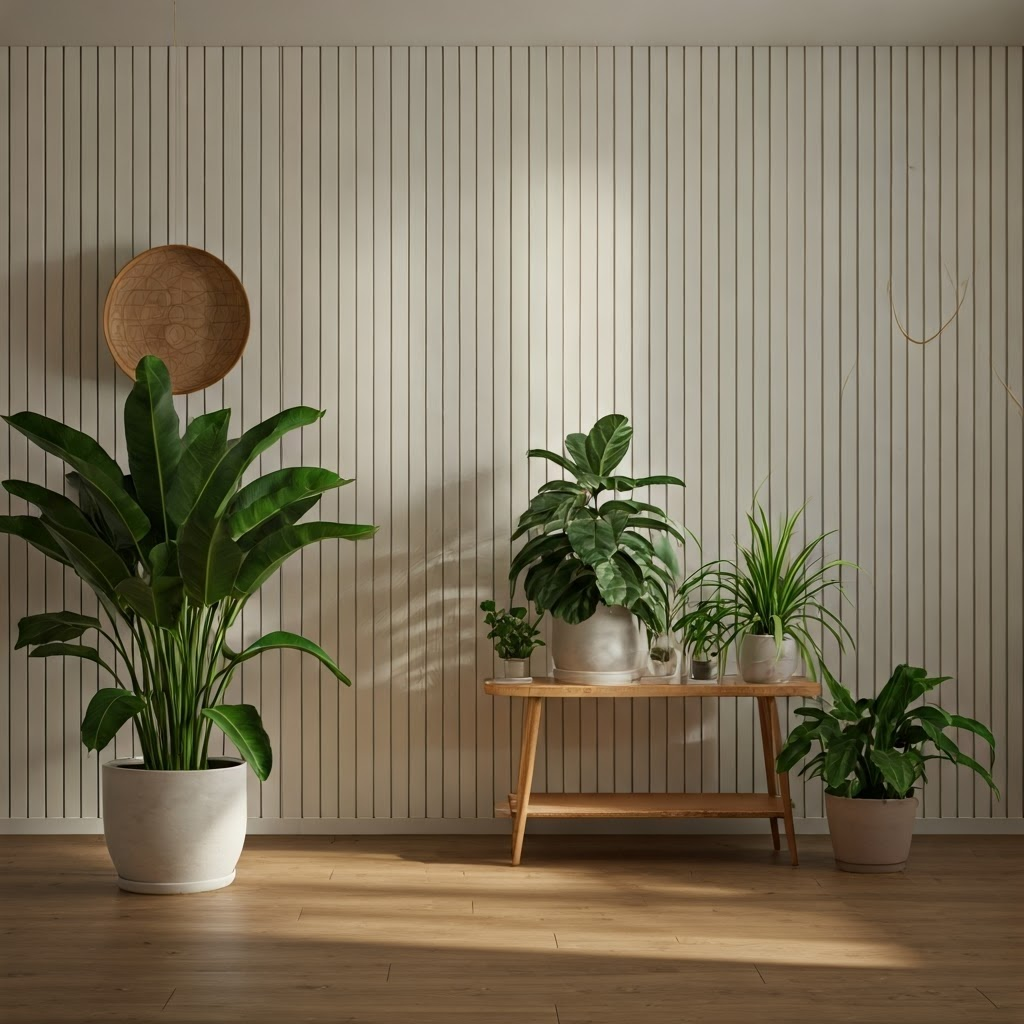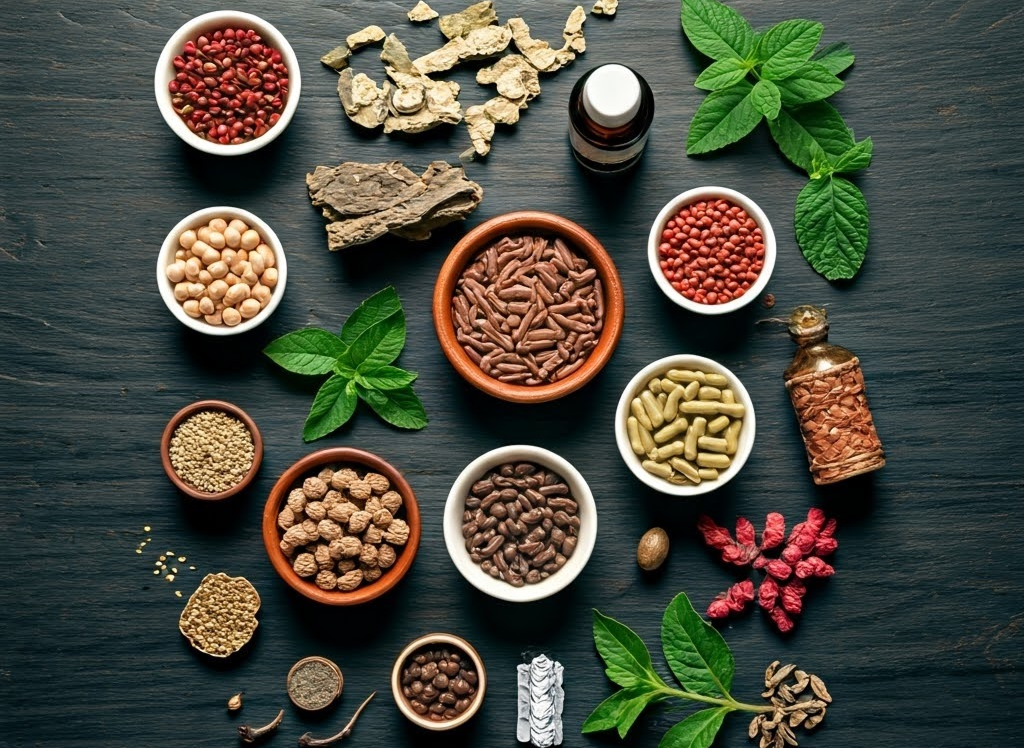Key Highlights
- Discover how common household products can release harmful chemicals, affecting indoor air and overall wellness.
- Learn about simple yet effective cleaning tips using natural materials like vinegar to reduce allergens in your home.
- Understand why swapping chemical-heavy products for safer alternatives like stainless steel cookware can improve health.
- Explore the role of ventilation, air purifiers, and natural air enhancers like indoor plants in detoxifying your space.
- Gain insights into proper storage and disposal of household chemicals to prevent exposure to toxins and contaminants.
- Investigate the benefits of transitioning to eco-friendly living essentials certified by organisations like the Environmental Working Group.
Introduction
How often do you think about the air you breathe at home? The air quality inside your house is important for your health and wellness. Common household products can release harmful toxins. This calls for detox strategies. For example, cleaning products with synthetic fragrances and furniture that gives off volatile organic compounds (VOCs) may harm your health without you even realizing it. It's time to take control of your space and turn it into a wellness zone. Let's find out what these toxins are and how we can remove them.
Identifying Common Household Toxins
Many common items in your home can hide harmful chemicals. This includes cleaning products and kitchen cookware. Toxins like VOCs and heavy metals can reduce air quality, cause allergies, and lead to long-term health problems. Often, your indoor space gathers these contaminants without you even knowing.
But here’s the good news! Finding these toxins is the first step to a healthier home. By spotting what risks your wellness—like fire retardants in furniture or BPA in plastics—you can take action to protect yourself and your family.
Understanding the sources of indoor air pollution
Indoor air pollution can come from surprising sources like furniture, carpets, and even cleaning supplies. Substances like VOCs, synthetic materials, and harmful chemicals can mix into the air. This can lead to health risks over time. Using nonstick cookware or scented household products can make these pollutants worse.
Air purifiers can greatly reduce these harmful materials. They remove allergens, VOCs, and other dangerous substances, which improves your indoor air quality. More advanced air purifiers use HEPA filters and activated carbon technology for better results.
Also, choosing healthier habits can help. You can use natural cleaning products and make sure your home has good ventilation to Lower pollution. Regular cleaning combined with an air purifier, along with careful product choices, can lead to less airborne irritants and a stable indoor air quality.
Common chemical culprits found in everyday products
The everyday items you use might have harmful chemicals that we often overlook. Cleaning products, for example, can contain things like chlorine and ammonia. When these are used, they release contaminants into indoor air. This can irritate your respiratory system and lead to allergies over time.
Furthermore, household products like furniture and mattresses may give off VOCs and fire retardants. This has been linked to respiratory and even neurological issues. Many synthetic fragrances in air fresheners and cosmetics include hormone-disrupting substances, and they don't always have clear labels.
Switching to safer options is important. You can use natural cleaners like vinegar and baking soda for effective cleaning without harmful fumes. For cosmetics and personal care items, check resources from the Environmental Working Group for better transparency. By understanding these harmful chemicals and making smart choices, you can create a healthier space away from toxic exposure.
Strategies for Reducing Indoor Toxins
To reduce toxins in your home, start by focusing on key areas. Swap out harmful cleaning products for natural ones. Use soda or vinegar as they help cut down allergens. Choose eco-friendly materials and certified non-toxic products to boost your wellness.
Regular cleaning is important. You should dust and vacuum often, using HEPA filters to tackle pollutants. Get rid of synthetic fragrances and pick natural fabrics to provide extra protection. These steps will help create a home with cleaner indoor air.
Tips for maintaining clean and dust-free environments
Keeping your home free of dust is important. It helps to lower allergens and limit contact with harmful chemicals. Dust can hold fire retardants, lead, and other dangerous substances. That's why cleaning regularly is necessary.
- Vacuum two to three times a week. Use a HEPA filter to catch tiny particles well.
- Wash fabric items like curtains and bedding often to stop dust from building up.
- Use natural cleaning products, like vinegar, to clean stains and dirt without harmful chemicals.
- Put floor mats by doorways to catch outdoor dirt before it enters your home.
- Move furniture around and clean underneath it to get rid of dust hiding in corners or behind large items.
By following these steps and having a routine that focuses on allergens and pollutants, you can create a cleaner, healthier living space.
Choosing and using safer household products
Transitioning to safer products is important for keeping wellness at home. Everyday things like cookware, cleaning supplies, and cosmetics often have harmful chemicals. These include ammonia, BPA, and synthetic fragrances.
Choose long-lasting materials like stainless steel or silicone in your kitchen. This helps you avoid toxic substances. The Environmental Working Group has tools to help you find safer brands for personal care and home items. Their lists show what is in each product, giving you clear information.
Cut down on products with many chemicals by using fragrance-free options or ones certified by groups like the Forest Stewardship Council. By slowly adding non-toxic choices, like silicone food containers, you can make this change easier for your health and support sustainability.
Importance of Ventilation and Air Purification
Effective ventilation and air purification are key to cutting down harmful contaminants in your home. Bad indoor air can worsen allergies and asthma, which can hurt overall wellness. You can make your indoor space healthier by improving air circulation with open windows and using air purification systems.
Also, use natural materials and reduce chemicals in your home. A home with good ventilation and clean air supports better respiratory health for all the people in your space.
How to effectively use air purifiers
Air purifiers are very important for keeping our indoor air clean. To get the most out of them, put them in areas with a lot of pollution, like kitchens or bedrooms. That's where the most contaminants gather.
Choose purifiers that have HEPA filters and activated carbon. These features are great at catching allergens, VOCs, and synthetic fragrances. Some models also have UV-light technology, which helps kill bacteria and other germs in the air.
For those who have allergies or asthma, using air purifiers often can help reduce problems caused by dust and other triggers. It's important to maintain them by changing the filters on time. Taking these steps greatly enhances the wellness of your living space.
Natural ways to improve indoor air quality
Improving air quality in your home can make a big difference. Easy solutions like adding indoor plants or using essential oils are effective and eco-friendly ways to clean the air.
Plants such as spider plants and pothos can filter out toxins like VOCs that come from furniture and household sprays. Wool carpets and furniture made with natural materials are great too. They trap less dust and allergens. Essential oils like eucalyptus not only smell nice but also help to reduce irritants in the air.
|
Method |
Benefits |
Examples |
|---|---|---|
|
Indoor Plants |
Absorb VOCs naturally |
Spider plant, pothos |
|
Essential Oils |
Disinfect the air, reduce asthma |
Lavender, eucalyptus |
|
Wool Materials |
Hypoallergenic and safer fibres |
Carpets, upholstery |
By using these options, you can have a simple, safe way to improve your air quality.
Safe Use of Household Chemicals
To keep your home safe and healthy, you need to manage household chemicals carefully. Storing and disposing of them the right way can help avoid accidents and reduce harm to the environment. Chemicals like chlorine and ammonia need special attention to be handled safely.
You can try using alternatives like baking soda or fragrance-free cleaning products. These small changes will help you create a home with fewer harmful chemicals, making it a safer place for your family.
Storing and disposing chemicals safely
Household chemicals can be dangerous if not handled correctly. To stay safe, keep them out of the reach of children. It's best to store them in locked cabinets. Make sure to label all containers clearly to stop wrong use.
You should recycle any unused chemicals through local hazardous waste programs. Never pour substances like chlorine down drains, as this can harm water sources. Fire retardants also need special disposal methods to protect our environment.
For safer cleaning, try using natural ingredients like vinegar. This can help you rely less on harsh chemicals and support a healthier planet.
Alternatives to chemical-heavy products
Replacing products with chemicals with natural materials is a great move for a toxin-free life. Baking soda and vinegar are useful for cleaning tasks like scrubbing tiles and getting rid of bad smells.
Choose fragrance-free cleaning products to remove allergens while keeping your home clean. Silicone and stainless steel items are strong and help limit chemical exposure compared to plastic or coated items.
Use wool fabrics and other eco-friendly materials in your home. They are less likely to cause allergies, making them perfect for bedding, carpets, and furniture. Slowly adding these options creates a healthier environment.
Conclusion
Detoxing your home is a key step to create a healthier living space. When you find common household toxins and use good methods to lower them, you can improve the air quality in your home. Knowing where indoor air pollution comes from and picking safer products helps too. Every little change you make leads to a more sustainable life. Don't forget that good ventilation and air purifiers can really help your indoor air. As you start this journey to detoxify your home, think about getting help that fits your needs.
Frequently Asked Questions
What are the first steps to detoxing your home?
Start by using natural cleaning products like vinegar. Choose household items that do not have harmful chemicals. Make sure the indoor air is clean and reduce dust. Slowly add materials like wool and silicone to lower toxins. This will help keep your home free from contaminants.
Can indoor plants help in detoxing the air?
Indoor plants, such as spider plants, are great at removing harmful toxins from the air. They help to make indoor air quality better. When you combine them with air purifiers and essential oils, you can enjoy fresher and cleaner air. These plants can also lower the levels of allergens. This is very helpful for people who have asthma or allergies.



